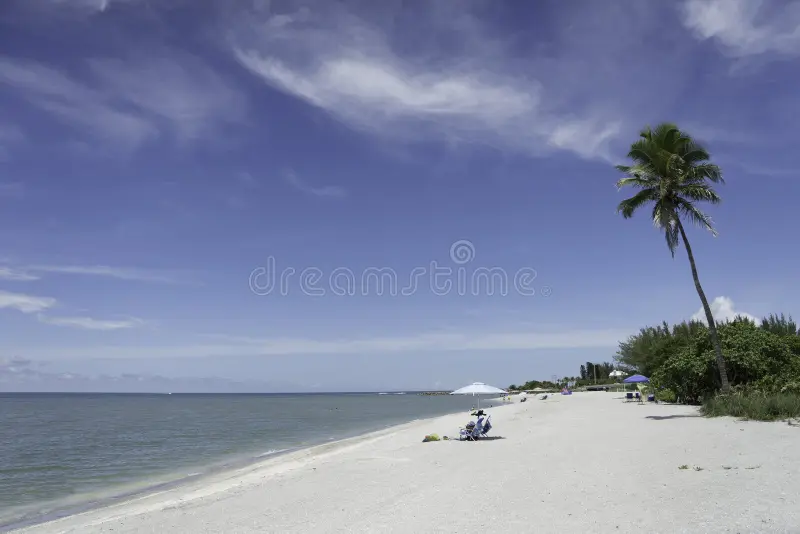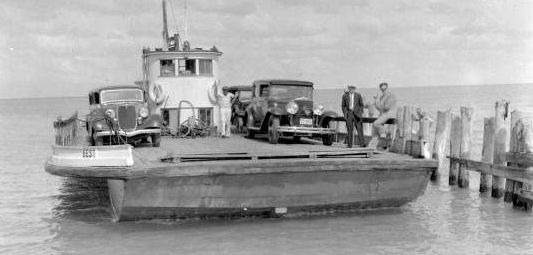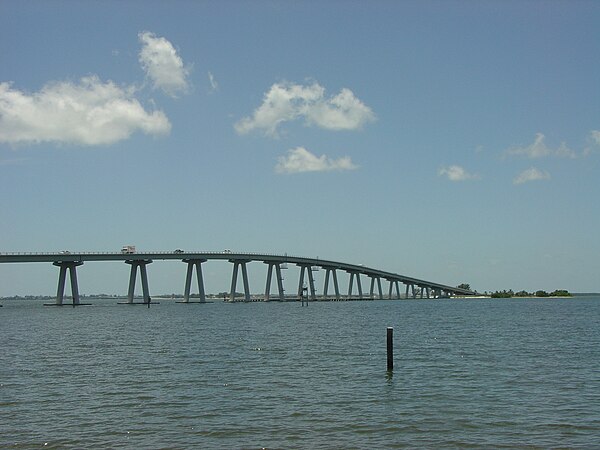A Slightly New Approach.
I hope you’ll indulge me on today’s entry. It’s longer than usual; and it’s more personal in its content . . . and I’d like to do more of his kind of content in the future.
These are personal stories that seem to be worth the time it will take to read them. So at the rate of one a week or so, I’ll start to write about incidents in my life that I think will be interesting or amusing to most people.
If I’m wrong about that, I’m sure there are plenty of folks out there who will let me know.
10/13/2023
Traveling Solo to Florida.
In 1934, my grandfather built a house on Captiva, an island lying a few miles from Fort Myers, out in the Gulf of Mexico.
Captiva is about a mile-and-a-half long, a few hundred yards wide, and is justly famous for the huge variety of sea shells that wash up and literally cover the mile-long beach every night.

For decades, Captiva has been connected to larger Sanibel Island by a rickety wooden bridge. Not surprisingly, almost a hundred years ago when my grandfather built his vacation home on Captiva, there were very few permanent residents on the two islands and even fewer visitors. In many ways, island life was idyllic, except that some of the basic comforts we all take for granted were missing.
For instance, there was no public water supply, either for washing or drinking. Water for my grandfather’s house was rainwater stored in a large cistern underneath the outdoor patio.
On the final morning of every visit, all accumulated trash was buried in the back yard. Everyone pitched in with rakes and shovels, but it was by no means an ideal system.
Getting There.
There were just two ways to reach Captiva from Fort Myers. First, as a passenger on the mail boat, which made one trip a day, or by ferry, which made several trips a day depending on the demand, but only to Sanibel Island.

The ferry was piloted by Captain Crumpler and it had seen better days. It could only accommodate five or six cars, and if you happened to be driving vehicle number seven, the ferry would be back to get you in about two hours.
Trains: Love at First Sight
I enjoyed my visits to Captiva and not only because of my grandparents, their Captiva house and the relaxed life there. My Florida visits began with a two-hour ride on the New Haven Railroad from Hartford to New York City’s magnificent Grand Central Station.
But that was a mere appetizer for the main course: an overnight ride from New York’s Pennsylvania Station to Fort Myers in a private roomette on a Seaboard Airline* Railroad “streamliner”. I have no doubt that my love of train travel began the very first time I took that two-day, 1400-mile train ride.

I reveled in the luxury of those incredible accommodations, checking the purpose and function of every knob and button and switch in the room. Particularly fascinating was the in-room toilet. In those days, toilets on trains flushed directly onto the tracks, a generally accepted means of disposal . . . until the infamous day when someone in a roomette flushed their toilet at the precise moment their train was crossing a bridge and two fishermen in an open boat were passing beneath the same bridge.
The train ride itself was wonderful. Night fell somewhere in North Carolina where there would still be patches of snow on the ground when I crawled into my berth and fell asleep. The next morning, I would usually spot the first coconut palm while enjoying a thick slab of Railroad French toast at breakfast in the dining car.
Who wouldn’t fall in love with train travel with that kind of an experience?
In time, my father reached retirement age and my parents made a permanent move to Captiva, thus adding to the island’s population which had been steadily increasing over the years as more and more “snowbirds” retired to those two very special off-shore islands.
The Sanibel Causeway
As the population of both Sanibel and Captiva increased, so, too, did the lines of vehicles waiting at the dock for space on the ferry. There was a new ferry now with a much larger capacity, but it still wasn’t big enough or nearly fast enough and there were increasingly student demands for a better, more permanent solution: a causeway!

After years of procrastination, the Lee Count Board of County Commissioners finally approved a budget of almost $3 billion for a causeway connecting Sanibel and the Florida mainland. Construction lasted for fifteen months and the new road and bridges opened for automobile traffic on May 26, 1963.
It came as no surprise that island residents immediately began making spontaneous trips to the mainland that would have had to be carefully planned in pre-causeway days.
But the County commissioners were surprised that in addition to being a necessary convenience, the new causeway opened up Sanibel and Captiva to “day-trippers”. Word spread throughout Central Florida and, especially on weekends, the new causeway would be clogged with barely moving traffic. In fact, the causeway congestion became such a problem that late one afternoon in June, my father grumbled into his martini glass, “If I were to have a heart attack, someone would have to call for a helicopter to get me to the hospital in Fort Myers.”
As the population of both Sanibel and Captiva increased, so, too, did the lines of vehicles waiting at the dock for room on the ferry. There was a new ferry now, with a much larger capacity, but it still wasn’t enough and demands for a causeway escalated.
Finally Lee County’s Board of County Commissioners approved almost $3 million for the project. Construction lasted 15 months and the new causeway opened for automobile traffic on May 26, 1963.
It came as no surprise that island residents began making spontaneous trips to the mainland that would have been carefully planned in pre-causeway days.
But the County commissioners were surprised that when the new causeway officially opened, “day-trippers” from all over central Florrida came to experience the beach and the chic restaurants of Sanibel and Captiva. They came by the thousands. Word spread throughout Central Florida and, especially on weekends, the new causeway would be clogged with barely moving traffic. Crowds of mainlanders arrived early on Saturday mornings and camped out on any available space that was within a quarter mile of the beach.
In fact, the congestion became such a problem that late one afternoon in June, my father actually grumbled into his martini glass, “Better have the helicopter pilot on permanent stand-by!” The local politicians came up with the money for a new causeway with a greater capacity. The problem is that any solution is temporary.
My mother was into her 90s when she died, but she was very clear as to what the real problem is–not just on her little island, but with the planet itself. Barely audible, she would mutter under her breath:
“Too many people .. . too many people.”



Great Article on SW Florida! Enjoyed it!
Appreciate the feedback!